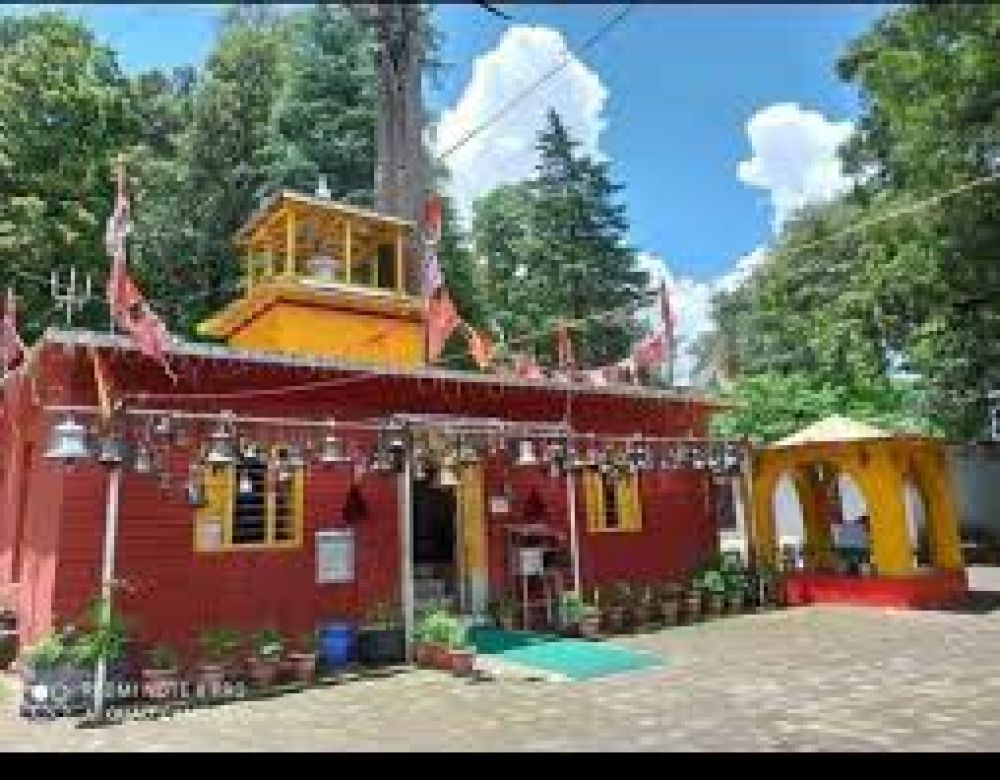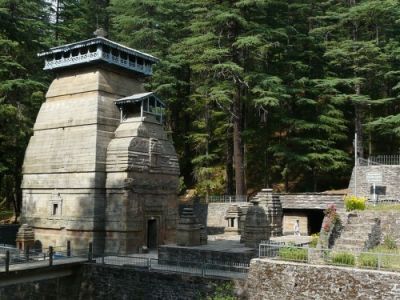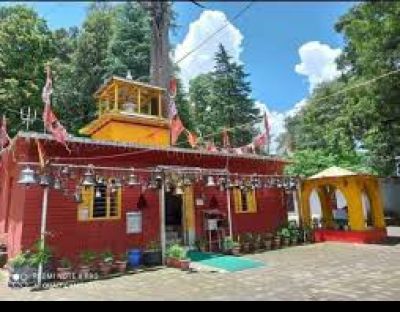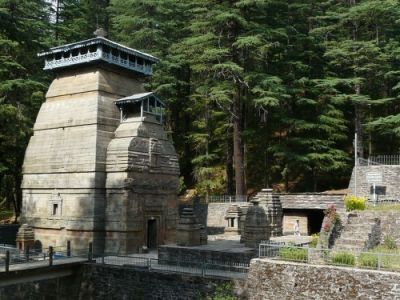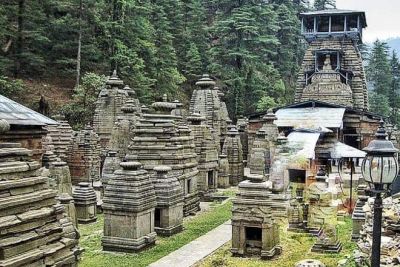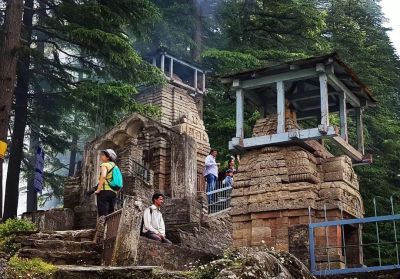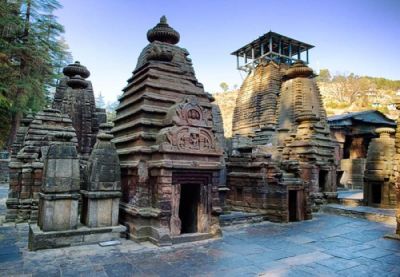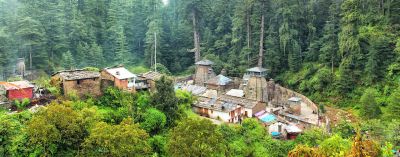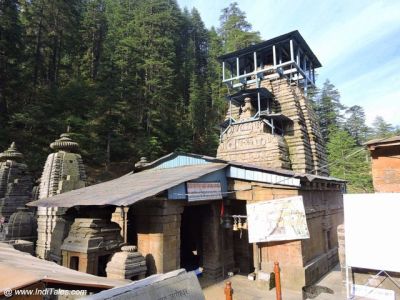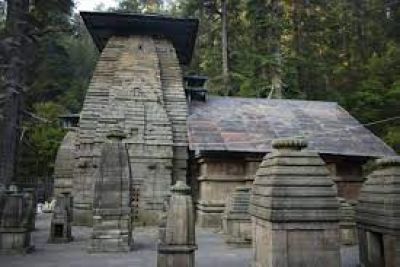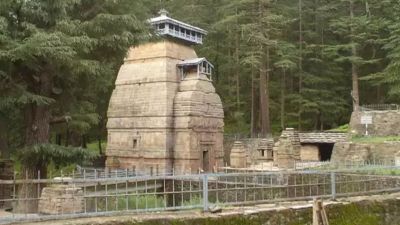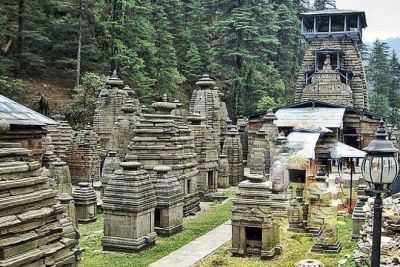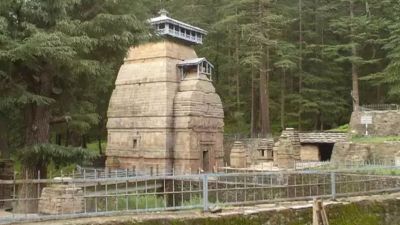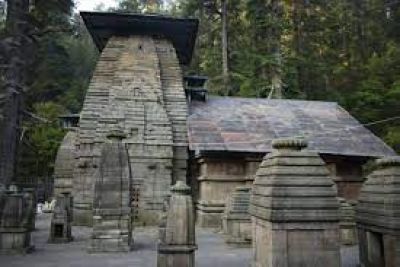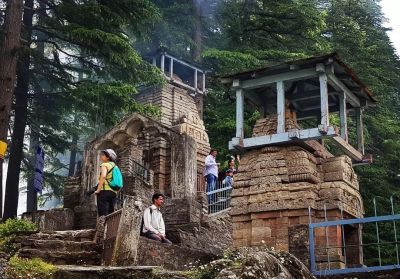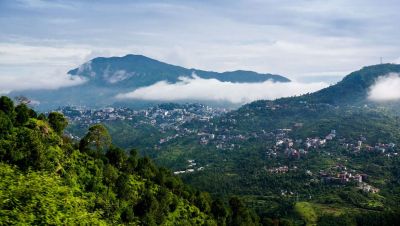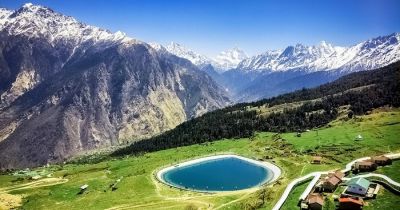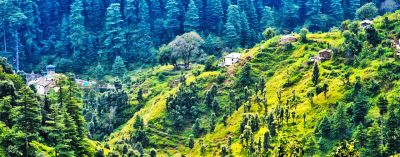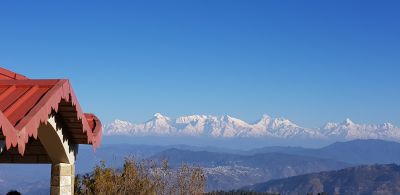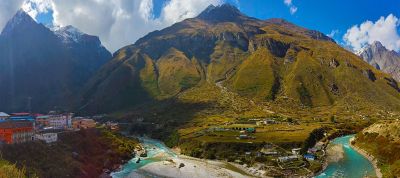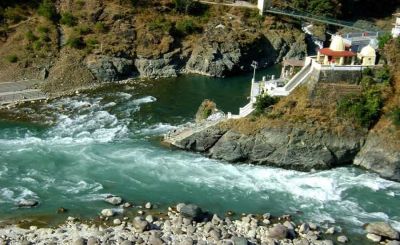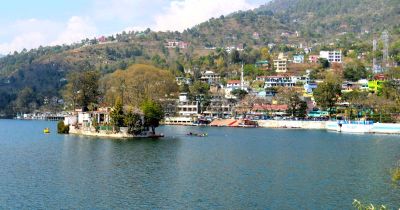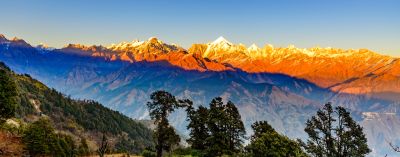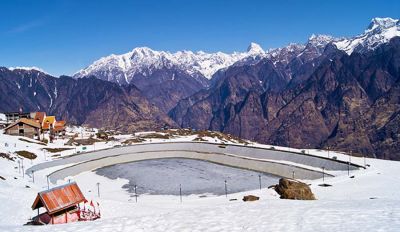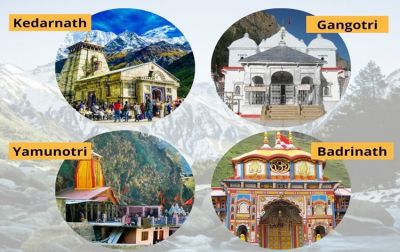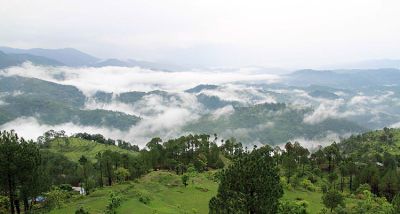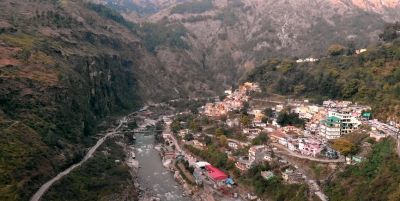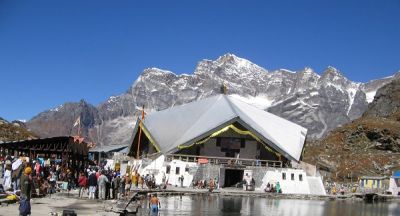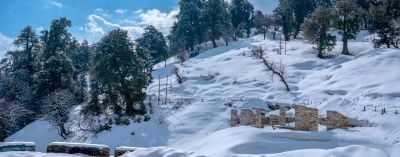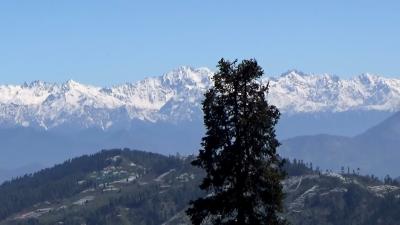History of Jhanker Saim Temple
Nestled in the serene Almora district of Uttarakhand, India, the Jhanker Saim Temple is a part of the Jageshwar Temples complex. Jageshwar, believed to be the abode of the twelve Jyotirlingas, is a significant pilgrimage center dedicated to Lord Shiva. The history of these temples dates back to between the 7th and 14th centuries AD. This suggests that for over a millennium, Jhanker Saim Temple, along with other temples in this complex, has been an important spiritual destination.
The temple signifies the ancient North Indian Nagara style of architecture. With its fascinating stone carvings and classical sculptures, it captivates historians, architects, and tourists alike. The long-standing tradition of temple worship and the unique setting amongst the thick deodar forests primeval have been a major attraction for devotees and nature lovers.
Tourism in Jageshwar
Historical records show that Jageshwar has been a pilgrimage site since medieval times. It was during the late Gupta period that the region gained prominence as a center of Hindu worship. As time progressed, the complex remained an important spiritual retreat, although its popularity waxed and waned with the political and cultural shifts in India.
In the 20th and 21st centuries, tourism at Jageshwar, including the Jhanker Saim Temple, received a substantial boost with increased focus from the Uttarakhand Tourism Development Board. Initiatives to promote 'Spiritual Tourism' have resulted in a greater influx of visitors seeking enlightenment, solace, and a touch with history and divinity.
Latest Tourism Trend
Recently, the trend in tourism in Jageshwar has shifted towards a combination of spirituality, wellness, and nature. Visitors are no longer simply content with completing pilgrimage rituals; they have developed a keen interest in understanding the history, culture, and architecture of the temple complex. ‘Yoga retreats’ and ‘meditation camps’ in the vicinity have become increasingly popular, with tourists eager to blend their religious pilgrimage with personal health and self-discovery.
Eco-tourism is another trend that is catching on. Jageshwar's natural beauty, encompassing thick deodar forests and pristine streams, contributes to this area’s attractiveness as an eco-friendly destination. Homestays, nature walks, and bird watching are activities that have gained popularity, offering a sustainable approach to tourism.
Conclusion
The Jhanker Saim Temple in Jageshwar stands as a testimony to the enduring legacy of India's historical and spiritual magnificence. As trends in tourism evolve, Jageshwar's blend of divinity and nature continues to attract a diverse audience, seeking everything from spiritual awakening to an escape into nature’s lap.
